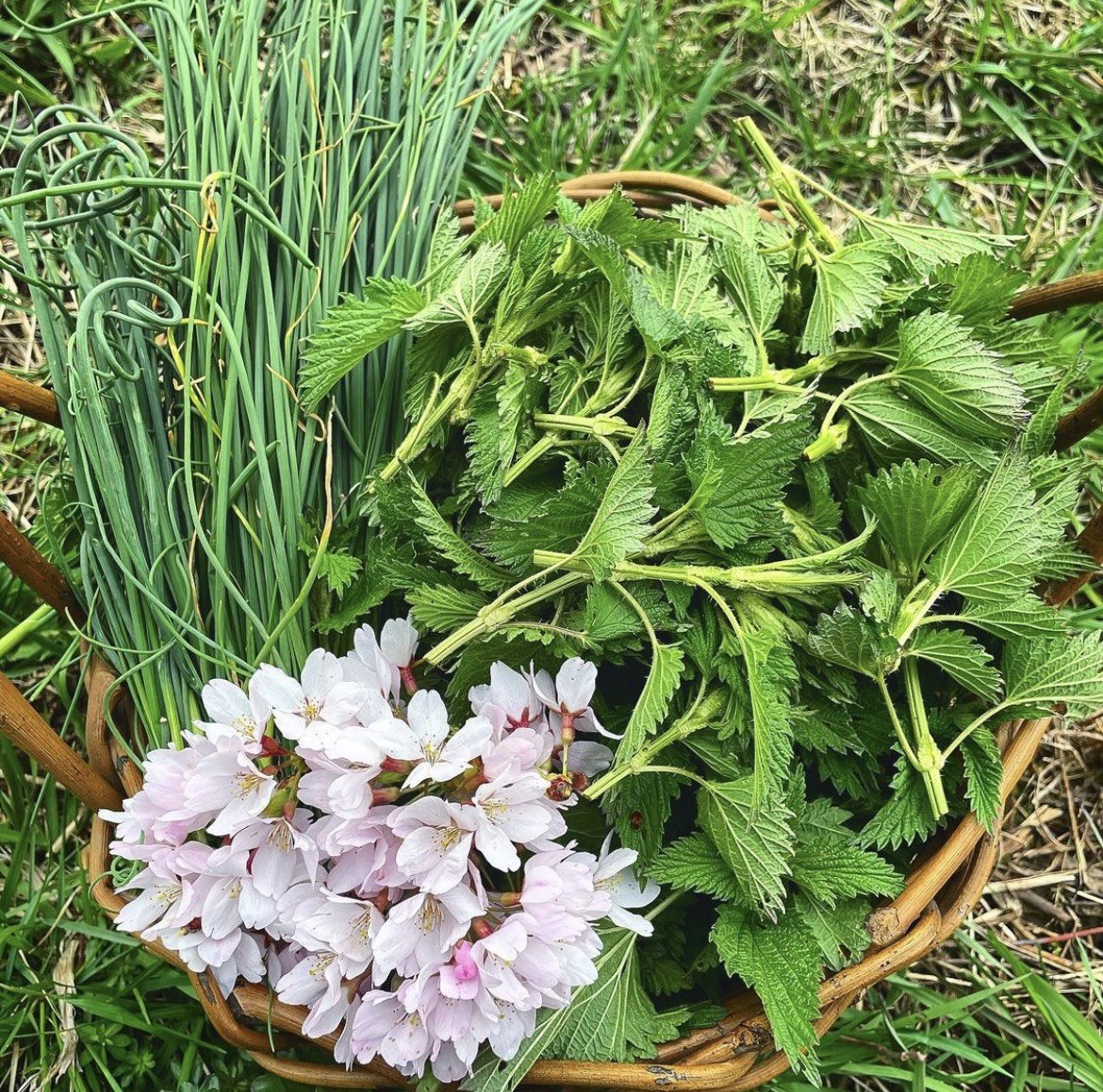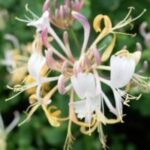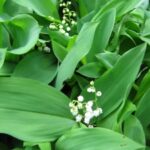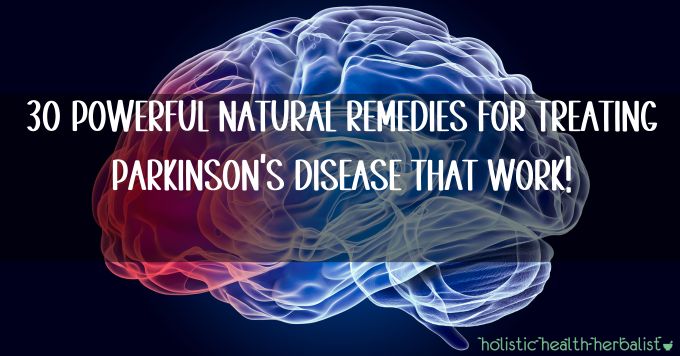
Nettles are beloved in herbalism for good reason. Truly a “people plant,’“ Nettles grows on every continent but Antarctica and everywhere us humans have encountered this plant, we’ve woven them into our food systems, medicine cabinets and cultures. Humans and Nettles have an intertwined history and we have evidence of their use dating back to the Bronze Age 3,000 years ago, as a fiber plant, and it’s quite likley that our connection with Nettles goes back even further than the archeological record shows.
Nettles Materia Medica
Common Name:
Nettles, Stinging Nettle, Ortiga (Spanish), Ortie (French), Ortica (Italian), Nessle (German), Xun Ma (Chinese Pin Yin)
Latin Name:
Urtica dioica (the most common species in N. America), Urtica dioica ssp. dioica (European stinging nettle), Urtica membranacea (found in the Mediterranean and SWANA region), Urtica dioica ssp. gracilis (North American stinging nettle), Urtica dioica ssp. holosericea (Hoary Nettle)
Plant Family:
Urticaceae
Part Used:
Leaves and tender Stems (before the plant goes to flower/seed), Roots, Seeds (harvested when the seeds are green and plump)
Habitat:
Nettles are very common and found in every state in the US and across the entire temperate band of the globe. They especially love old farms, farms in general, compost heaps, fertile soil, gardens, meadows, edges, bike paths, floodplains, lake and riversides.
Description:
If you’ve met this plant just once, it was probably memorable enough to learn how to ID it for the future! The most distinctive feature of this plant is its sting. The entire plant is covered with very fine hairs visible with the naked eye called trichomes, which are hollow tubes with a swollen base which holds the venom. The trichomes/stingers easily break off when brushed-up against and deliver the sting! It is an herbaceous, perennial plant with square stems, opposite leaves that are oval and very jaggedly toothed around the edges. It can reach well over 4 feet in height but is often much smaller. The entire plant is vibrant green. In early summer it gives rise to very small, green, inconspicuous flowers that look like tiny, fuzzy, green balls and dangle on clusters that hang down from the leaf axils. The flowers become green seeds in late-mid summer, and then eventually turn brown. The dead leaf stalk will be left when the plant dies back to its roots in the fall. European Nettles are dioecious (meaning they have both male and female flowers), whereas North American Nettles (U. dioica ssp gracilis) tend to be monoecious
Herbal Ecology:
This is such a “people plant!” Where there are people, and especially farms and livestock, there will be Nettles. The classic European Nettles (U. dioica ssp. dioica) that are widespread in our country were originally native to Eurasia- now they are found in every state in the continental US and every continent except Antarctica. They are widely distributed throughout the globe and we have North American native species too. The range of the European and North American species overlap, and some botanists consider it impossible to tell the different subspecies apart, so we tend to just refer to them as Urtica dioica and leave it at that. In general, the presence of Nettles often indicates rich and fertile soil. It is a dynamic accumulator and will concentrate minerals and help re-mineralize soil. It will also accumulate heavy metals, so watch out where you harvest and be sure the soil is free of contaminants.
Taste:
Salty, slightly Bitter, slightly Sweet
Energetics:
Leaves, Stems, Roots- Cool & Dry (some sources say Warm, especially Chinese Medicine. My personal take is that when used topically they are definitely warm and tend to be more cooling when taken internally)
Seeds– Warm to Neutral, Moist
Constituents:
Stingers- histamine, formic acid, acetylcholine and 5-hydroxytryptamine (serotonin)
Leaf/Stem/Seed- Protein, lineolic acid, quercetin, nitrogen, chlorophyll, magnesium, silica, sulphur, manganese, potassium, zinc, iron, beta-carotene, fiber, vitamin A, vitamin C (and on and on…basically every mineral you need!), polyphenols
Roots- Sterols
Herbal Actions:
Antioxidant, adrenal tonic, alterative, astringent, antihistamine, diuretic, galactagogue, hemostat, nutritive, kidney trophorestorative, urinary tract tonic




